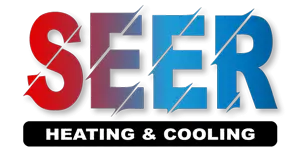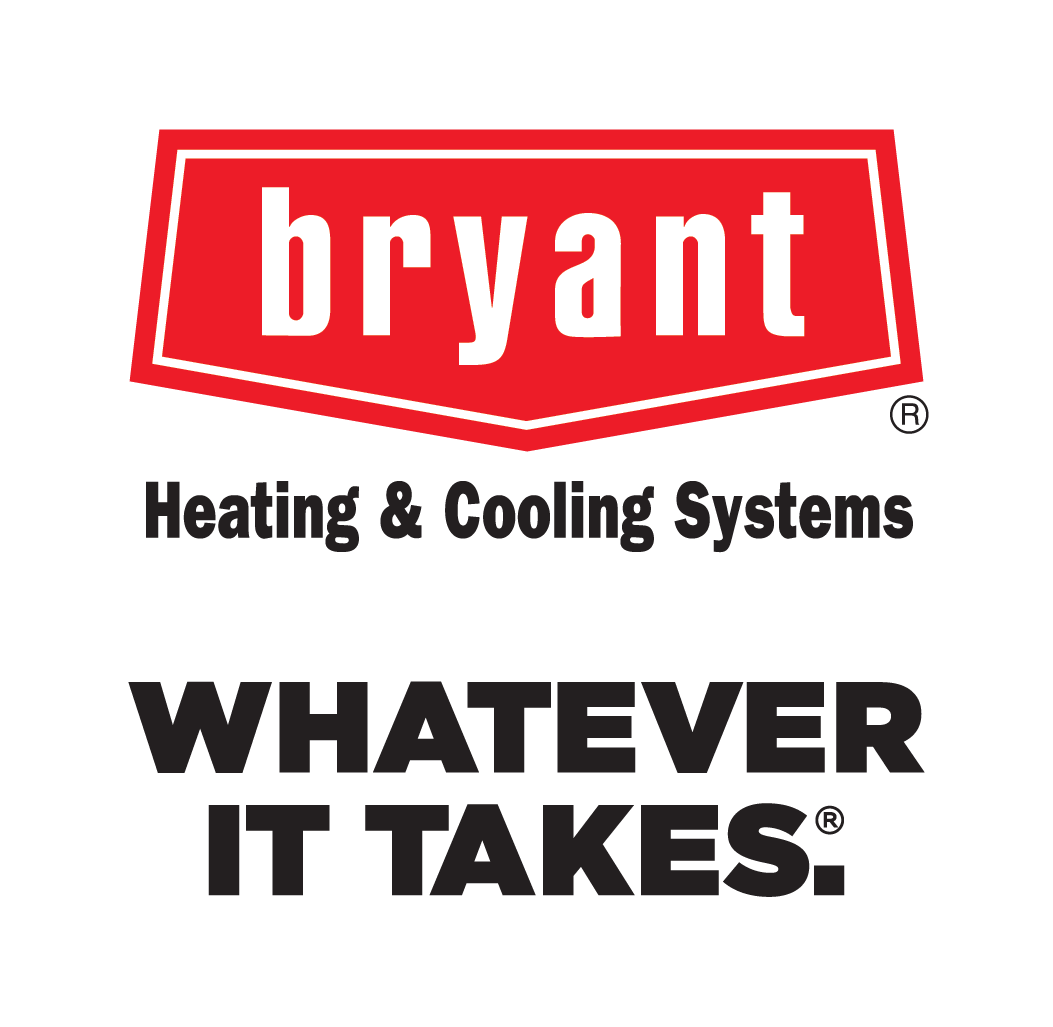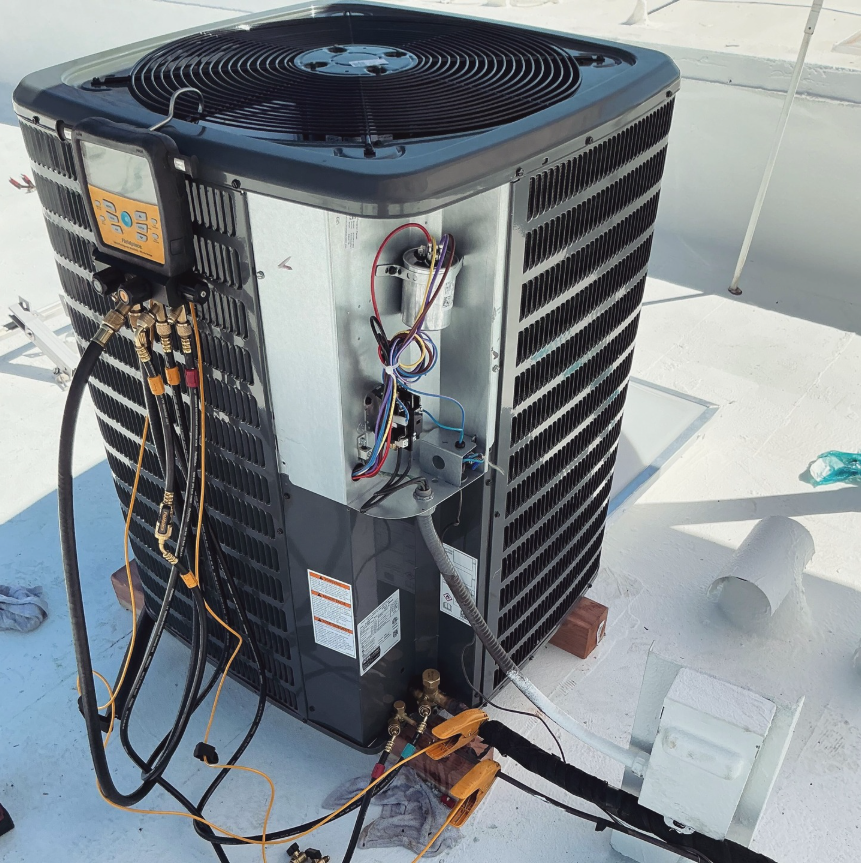Arizona summers routinely break the 110 °F mark. A tuned, high-efficiency cooling system isn’t a luxury, it’s a survival tool. From precision repairs to complete system upgrades, SEER Heating & Cooling keeps Tucson households comfortable and energy-smart all season long.
Our comprehensive cooling tune-ups focus on desert-specific issues like monsoon dust, UV damage, and extreme attic heat.
- Clean & straighten condenser and evaporator coils
- Check refrigerant charge, sub-cool & superheat
- Inspect and replace air filters for unrestricted airflow
- Tighten electrical lugs, test capacitors & contactors
- Flush condensate drain & treat for algae growth
- Calibrate thermostat, verify smart-home connectivity
- Measure static pressure & recommend duct sealing
Annual service extends equipment life, slashes energy bills, and helps you avoid a meltdown during the first 100-degree heat wave. Explore the the section in this page to learn more.



